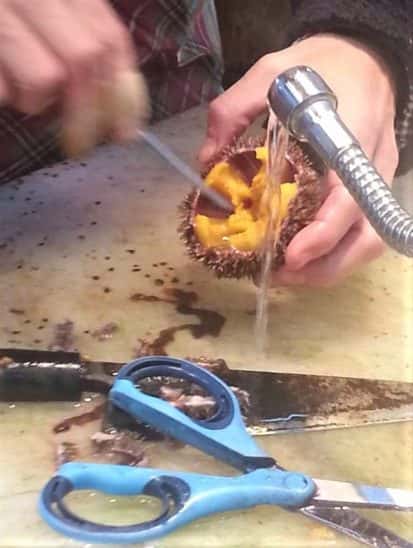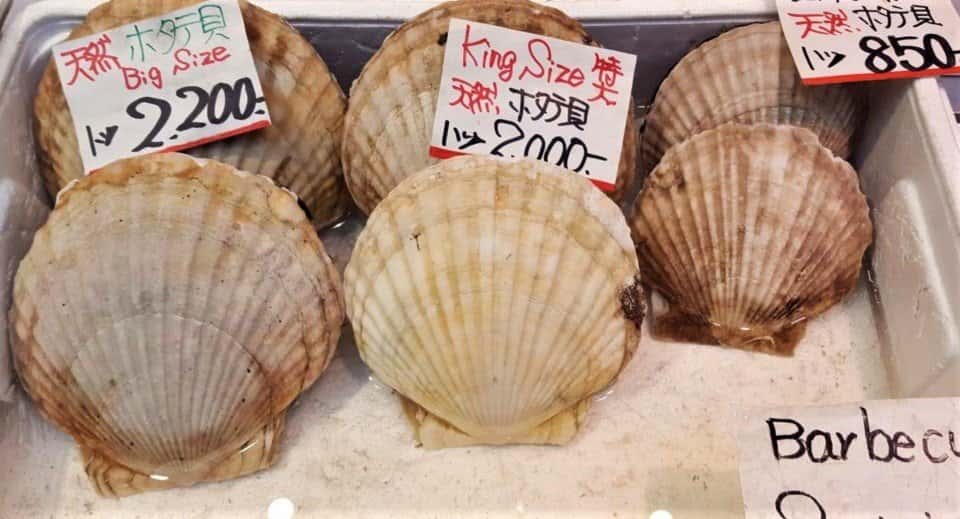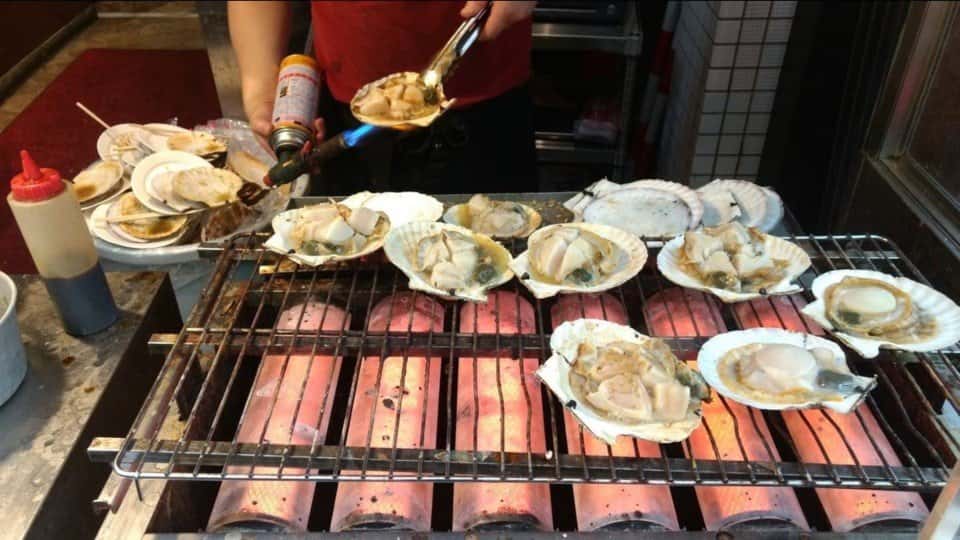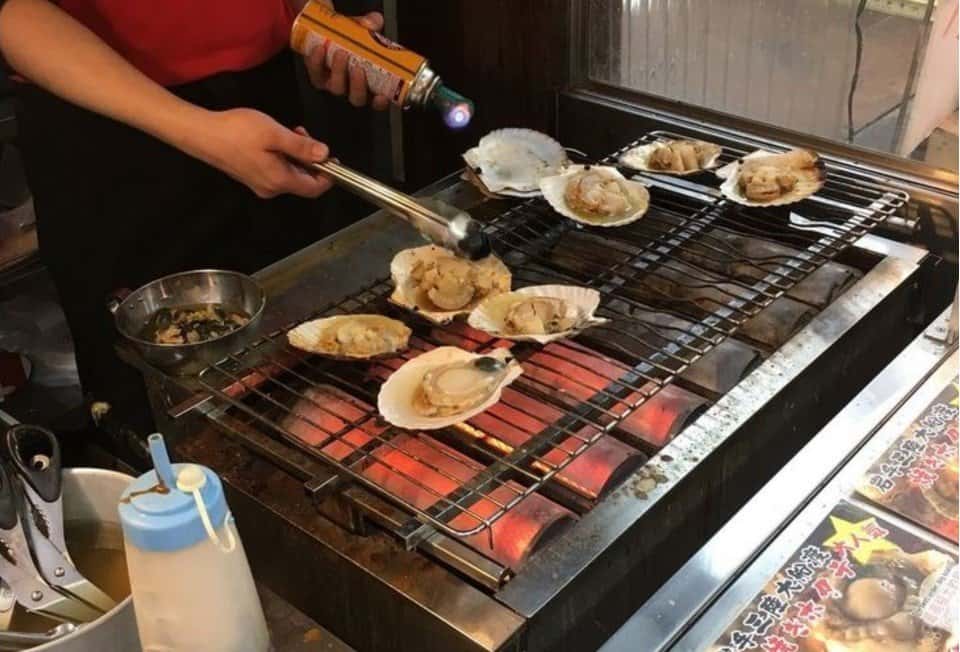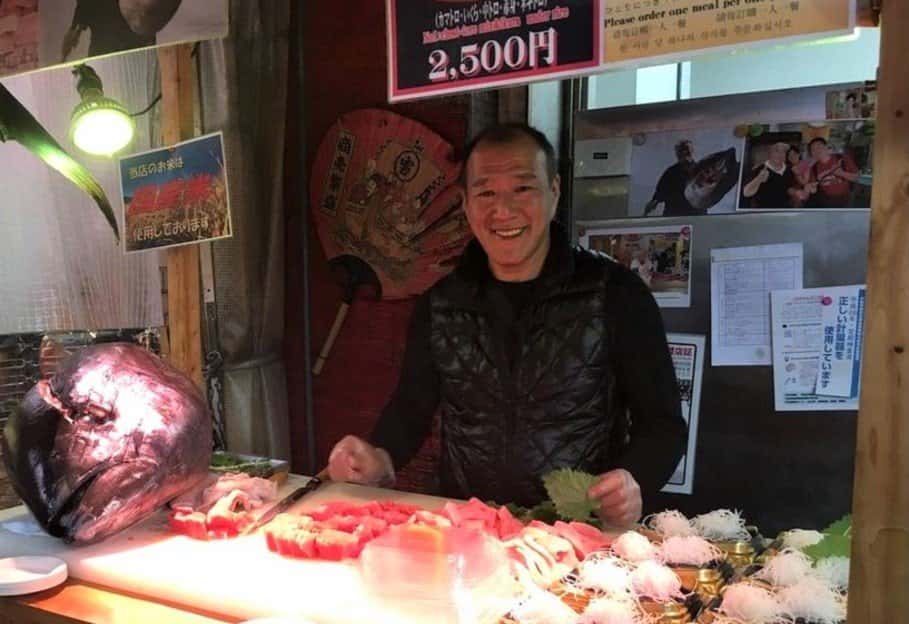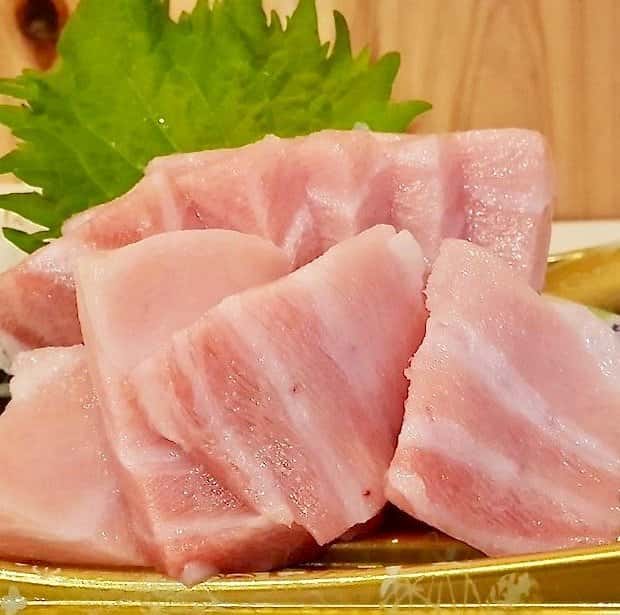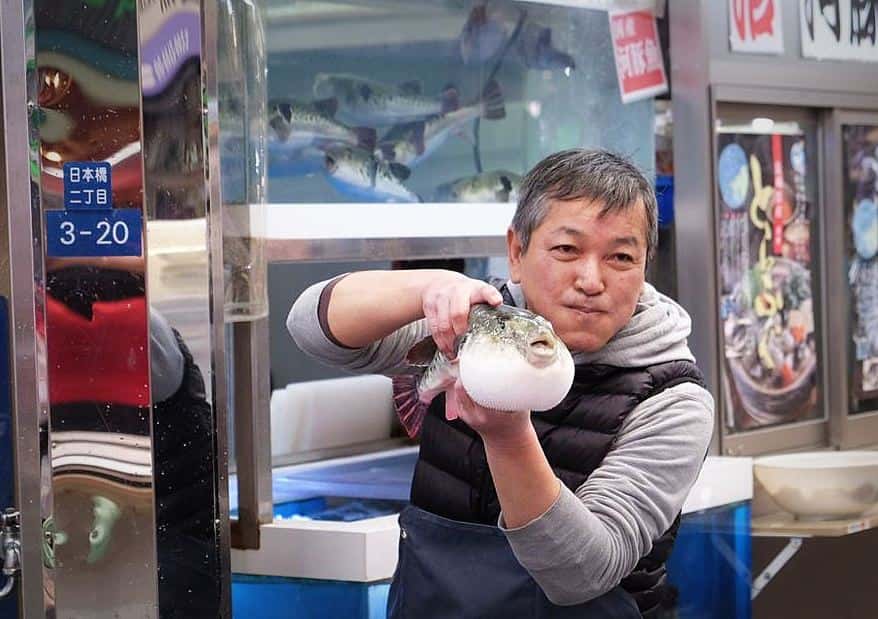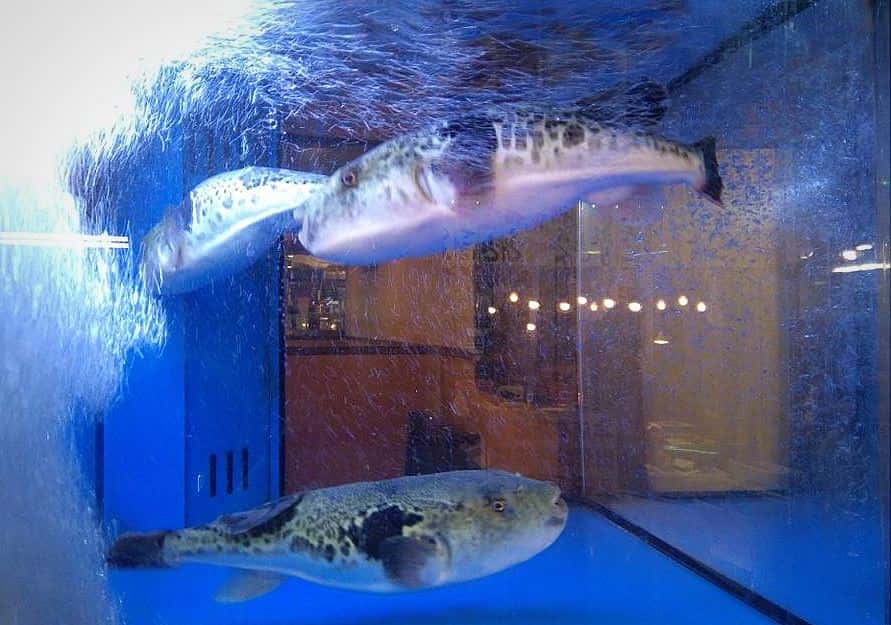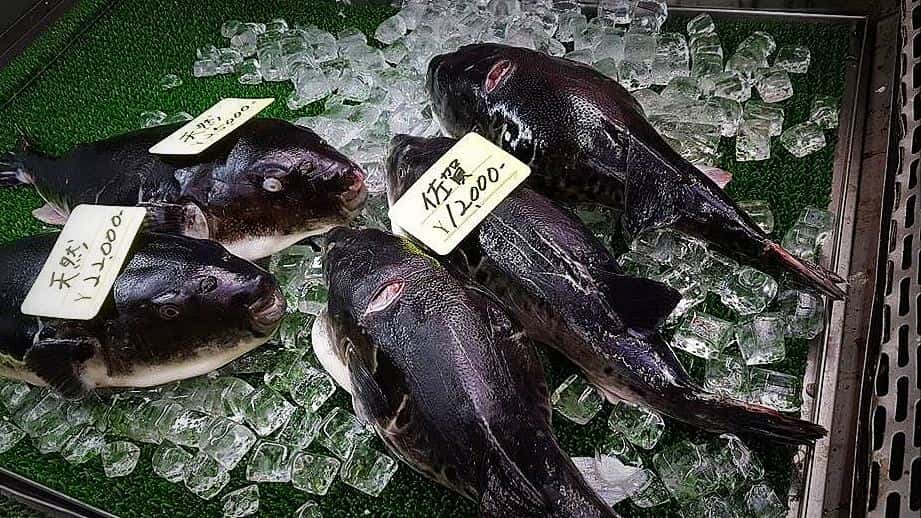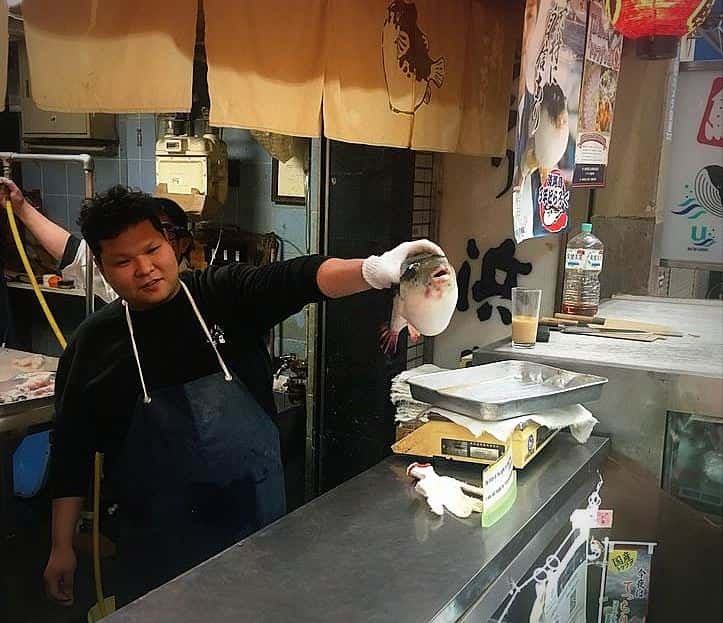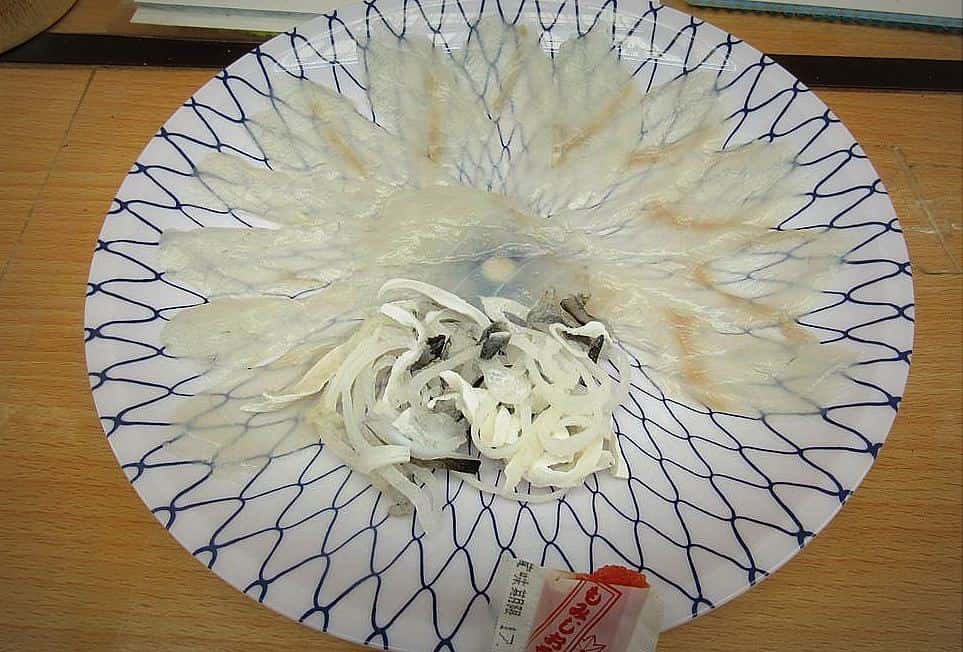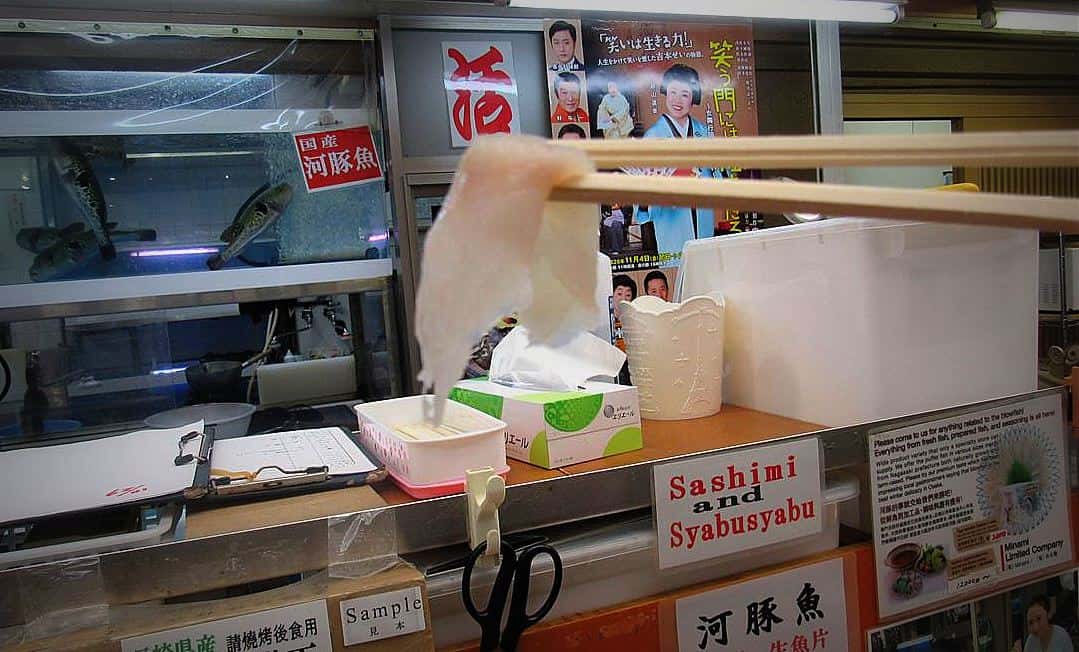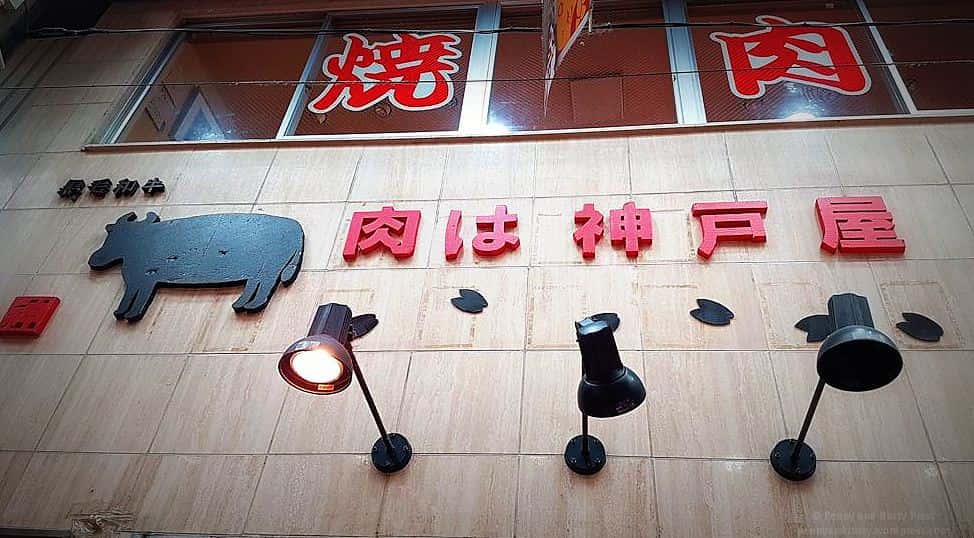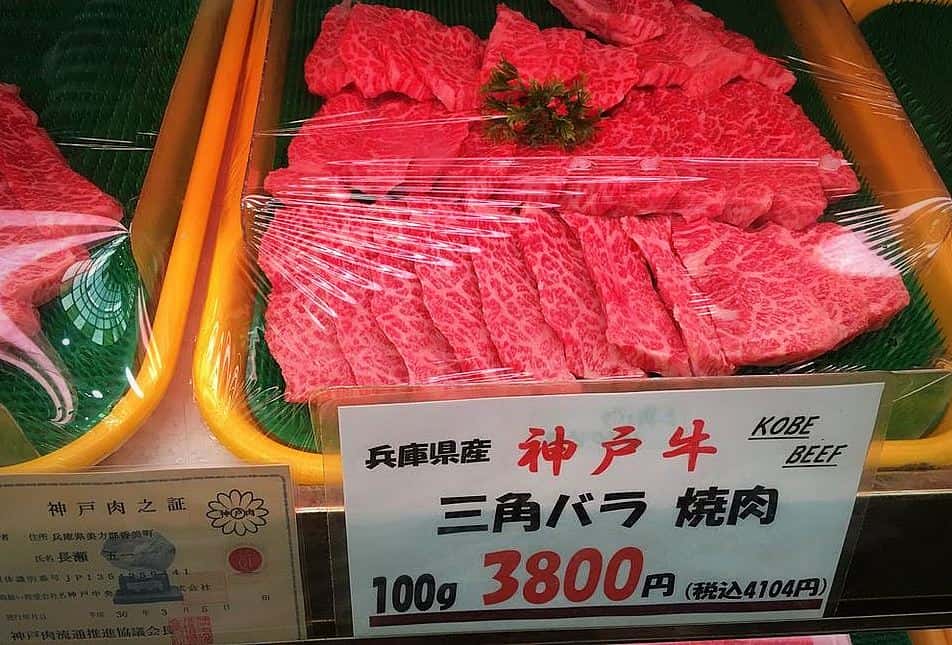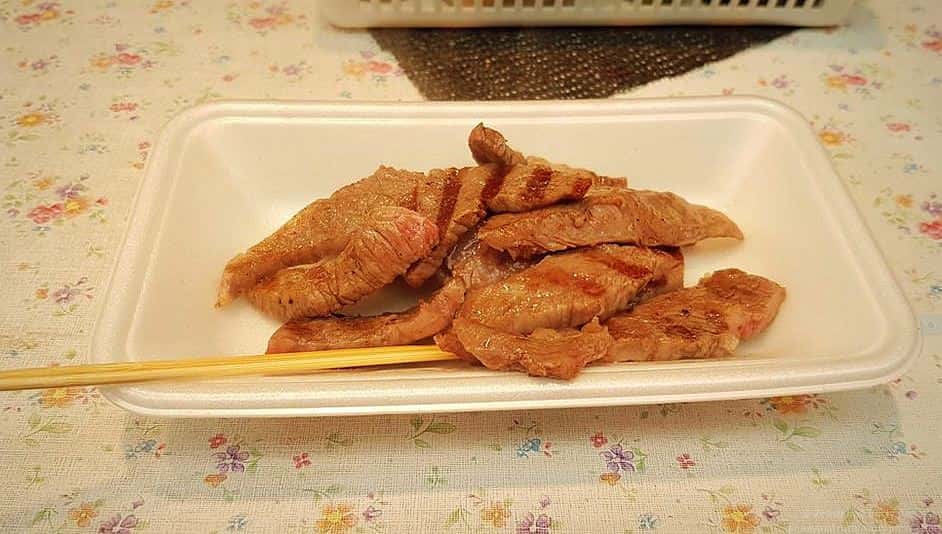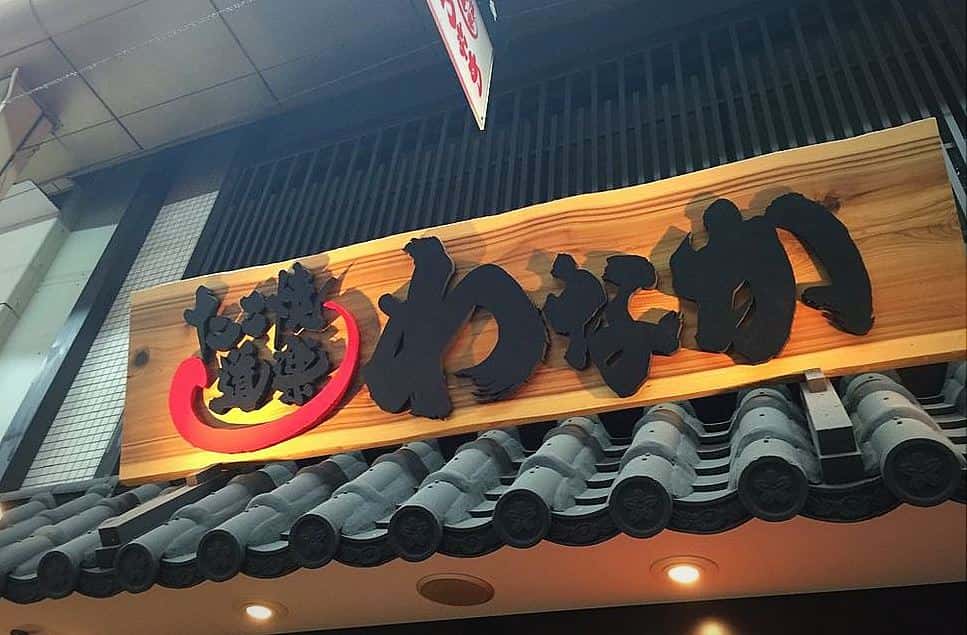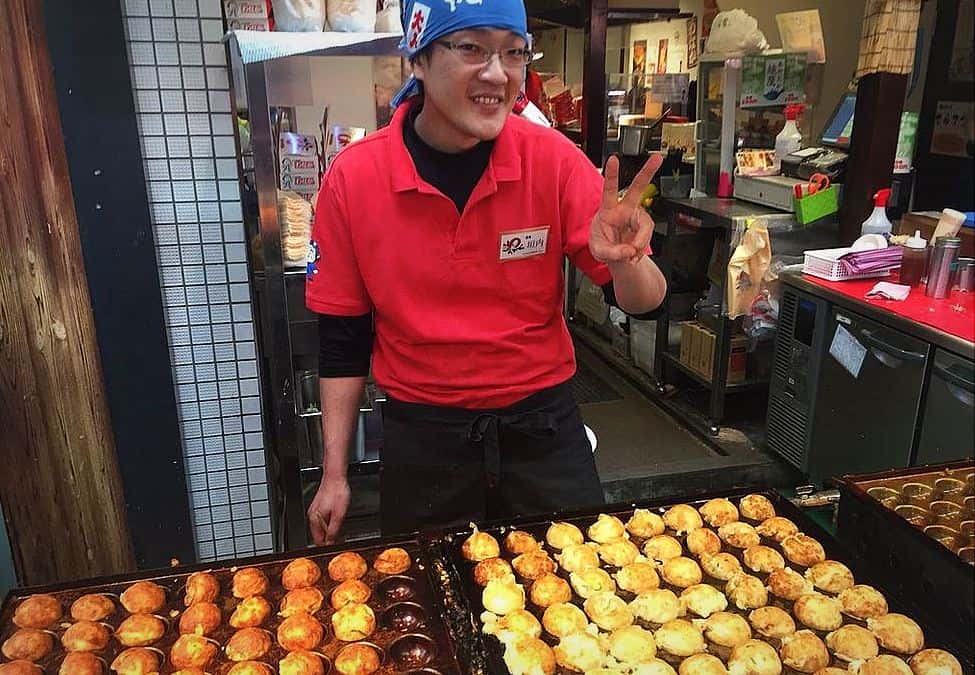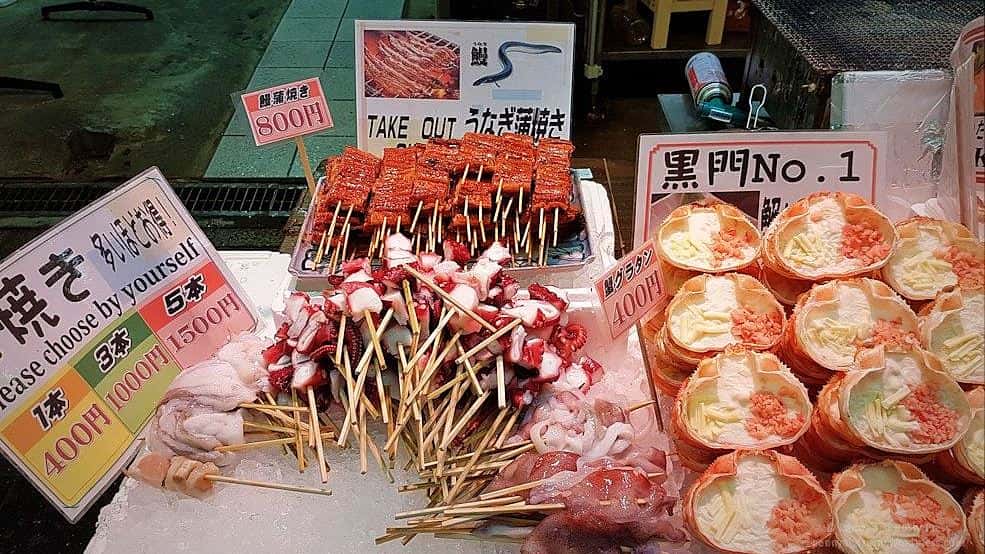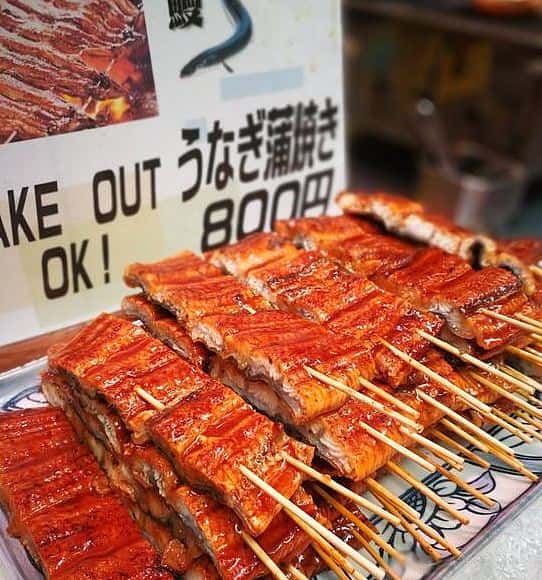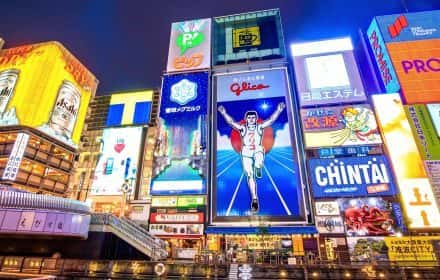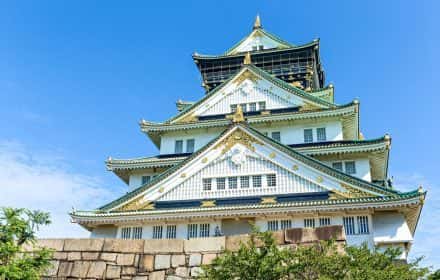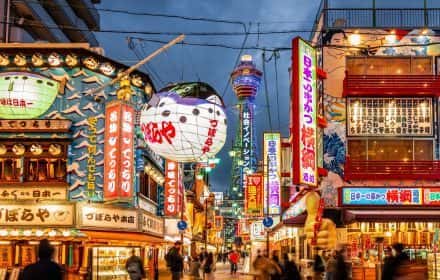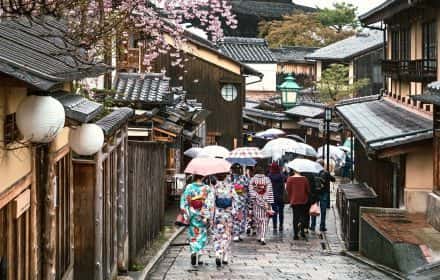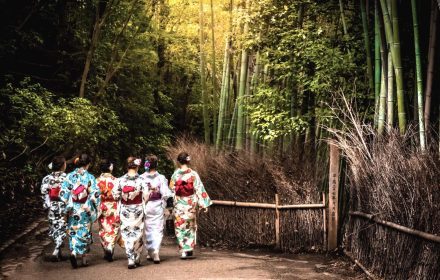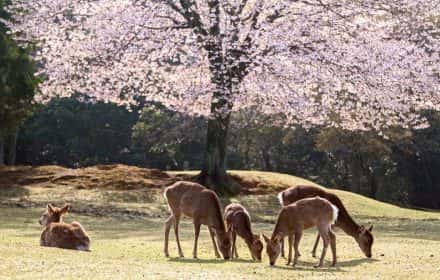This site uses affiliate links, meaning that if you make a purchase through our links, we may earn an affiliate commission.
Kuromon Market is an undercover market of only about 600 meters long, yet, it comprises around 200 shops that offer incredible food galore ranging from sushi and sashimi, grilled scallops and crabs, to seared Kobe beef, not to mention the freshest white strawberries.
Kuromon Market is called Osaka’s Kitchen because it is where the locals eat in Osaka and where restaurant owners shop for their supplies.
What to eat at Osaka Kuromon Market? Kuromon Market will tease your taste buds and fill your tummy. Here are 10 culinary experiences you can’t miss! However, hold on to your wallet if you are on a budget because you will overspend.
Osaka Kuromon Market / What to Eat at Osaka Kuromon Market
- 1. Where is Kuromon Market and How to Get There
- 2. Best Time to Visit Osaka Kuromon Market
- 3. Map of Osaka Kuromon Market (Print or Download)
- 4. What to Eat at Osaka Kuromon Market? 10 Culinary Experiences You Can't Miss!
-
- 4.1. Fresh Sea Urchin (Uni)
- 4.2. Grilled Scallops with Soy Sauce and Butter at Uofuku Kuromon Market
- 4.3. O-Toro - Tuna Belly at Kuromon Sanpei (It Will Melt in Your Mouth)
- 4.4. Fugu Fish - Be Brave and Try It!
- 4.5. Grilled Kobe and Wagyu Beef at Butcher Kobeya
- 4.6. Takoyaki at Takoyaki Wanaka Kuromon
- 4.7. Kuromon Market Horumon
- 4.8. Kuromon Market Unagi at Funasada
- 4.9. Tako Tamago
- 4.10. Broiled King Crab
- 5. Intrepid Scout's Tips for What to Eat at Osaka Kuromon Market
Where is Kuromon Market and How to Get There
Osaka Kuromon Market is located at 2-4-1, Nipponbashi, Chuo-ku, Osaka. The good news is that it is super easy to get to Kuromon Market!
Take the subway on the Sennichimae or Sakaisuji lines to Nipponbashi Station. It will be no more than a 5-minute walk to the market from the station.
In addition, Kuromon Market is very close to Namba Station. All in all, it will be about a 10-minute walk and you will be right at the market.
Best Time to Visit Osaka Kuromon Market
Each shop and restaurant at Osaka Kuromon Market have different opening and closing hours.
Generally, fish stores open early, around 7 am, and close early at about 5 pm.
Most restaurants do not open until 11 am and close by about 6 pm.
INTREPID’S PRO TIP: My recommendation is to visit Osaka Kuromon Market after 11 am and before 4 pm. You will find that all the shops are open and restaurants are serving food within that time window.
Map of Osaka Kuromon Market (Print or Download)
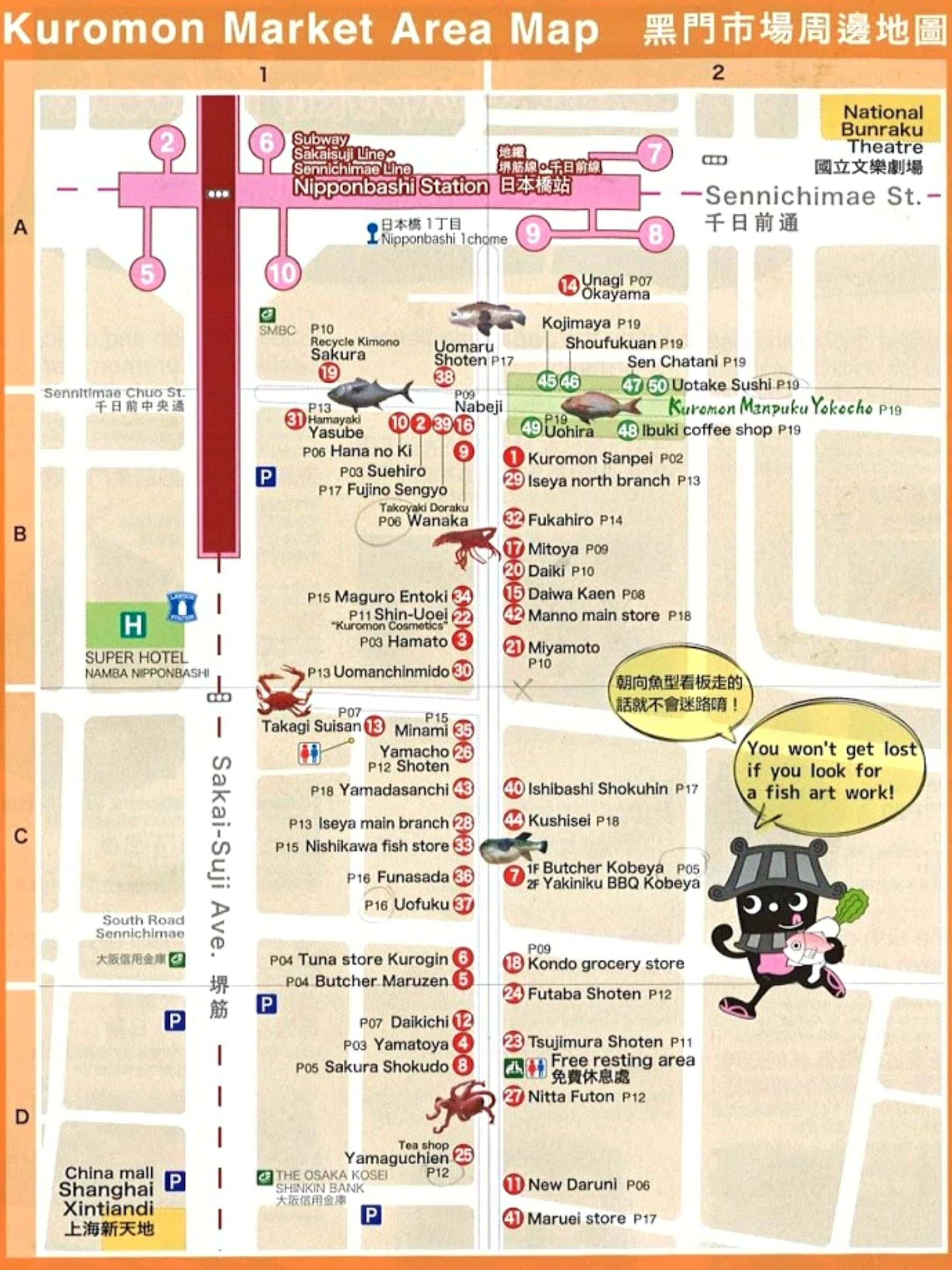
This is the map I picked up at the Osaka Kuromon Market / Image Credit: The Kuromon Shopping Mall Osaka Japan
What to Eat at Osaka Kuromon Market? 10 Culinary Experiences You Can't Miss!
Fresh Sea Urchin (Uni)
Fresh sea urchin is an absolute must-try best seafood at Kuromon Market!
Uni is the Japanese word for sea urchin, or more specifically, a sea urchin’s gonads.
Honestly, I have never sampled a sea urchin before, yet, after tasting one, it moved to the top of my list!
To begin with, the texture of a sea urchin is creamy, or rather, I should say, it is buttery and silky, and delicate with just a slight firmness. The aroma is like a clean ocean smell. The taste is delightful with an almost ineffable flavor ever so slightly sweet, clean, and crisp and it lingers on. Finally, its color is beautiful in shades of gold, yellow, and orange.
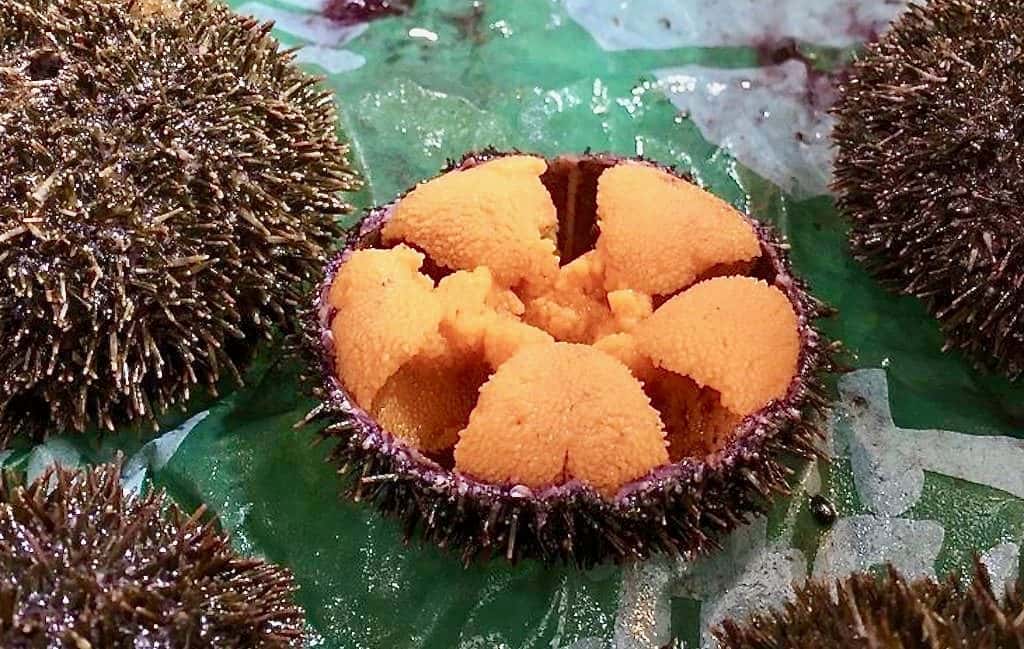
Fresh Sea Urchin (Uni)
There are more than 100 varieties of sea urchins, albeit only a few kinds are eaten:
- Bafun uni – sometimes referred to flatteringly as horse-dung sea urchin
- Murasaki uni – purple sea urchin. These are the most common species
- Aka uni – red sea urchin. These are rare and very pricey. They thrive in the Kyushu region of western Japan
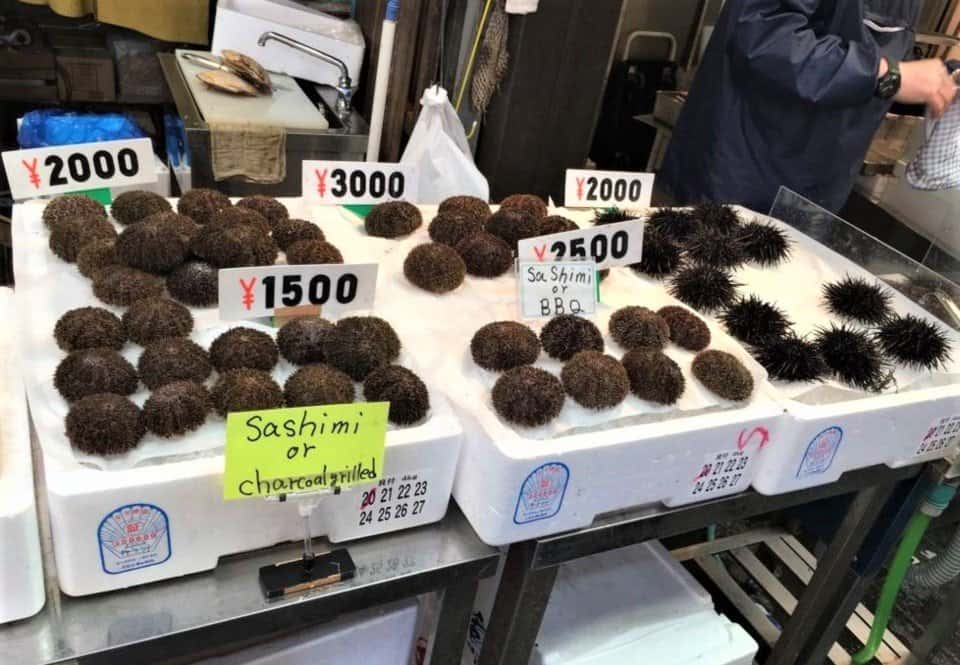
Fresh Sea Urchin (uni) / What to Eat at Osaka Kuromon Market
It was fascinating to watch how the sea urchin is prepared!
- First, I saw the cuisinier expertly turn the sea urchin upside-down to expose its mouth. Next, he used the kitchen shears and pierced a hole near the perimeter of the skeleton. Then, he cut a circle of about a 3″ diameter out of the shell. With expertise, he lifted the circular cut part of the shell and removed it.
- Next, he extracted a complex dental apparatus known as Aristotle’s lantern, which looked like a white star-shaped flower.
- Then, he used a spoon to carefully scoop out the roe. Roe is the only edible part of the spiny creatures.
- Finally, he gently rinsed the roe in water and voila, it was ready!
The Process of Preparing Sea Urchin (Uni)
GOOD TO KNOW: Japan is the world’s biggest consumer of uni (sea urchin). Significant amounts of uni are mainly imported from neighboring Russia.
Chile, Canada, and the United States are other major sources.
Conversely, this divisive delicacy has been catching on with gourmets around the globe.
Grilled Scallops with Soy Sauce and Butter at Uofuku Kuromon Market
To tell you the truth, I love grilled scallops! And, you will fall in love with them as well, if you head to Uofuku Kuromon Market.
Uofuku is located on the Osaka Kuromon Market Map as Shop No 37. Uofuku is hard to miss because there will be a crowd surrounding the tiny stall and the delicious smell of grilled scallops will hit you almost immediately.
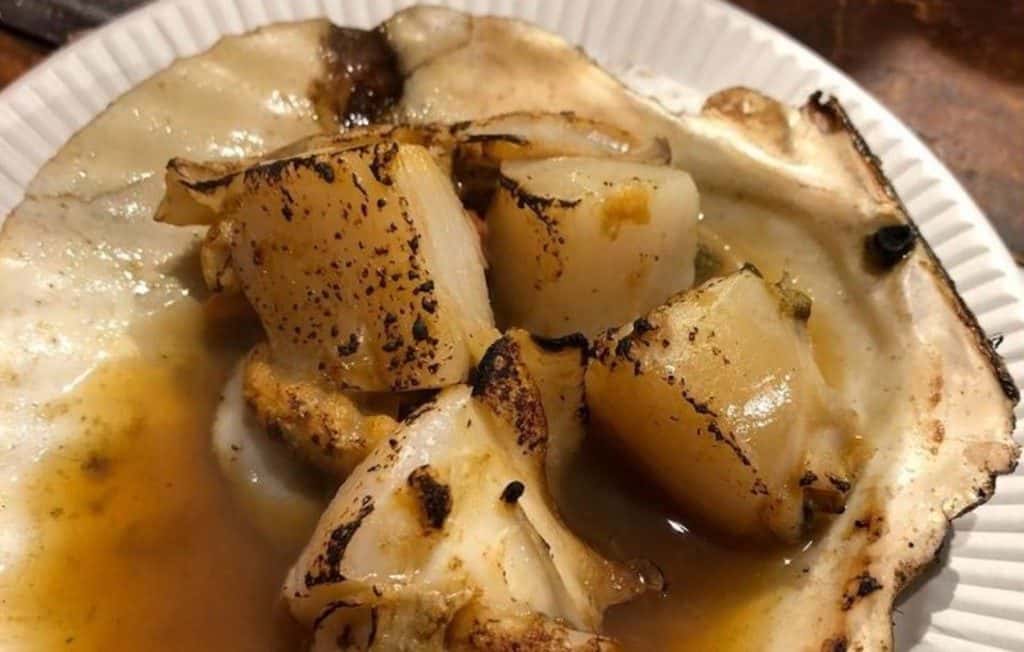
Grilled Scallops at Uofuku Osaka Kuromon Market
- First, you need to pick the scallop size you want. Of course, base it on your budget because they are pricey for a single little treat.
- Second, your scallop will be cracked open and thoroughly cleaned, and then, put back on the half shell.
- Next, it will be seasoned with a dab of butter and some soy sauce and grilled in its scallop juices right before your eyes.
The scallop that I selected was unbelievably delicious. The meat was firm yet soft and silky, and it had a natural sweetness to it, with a faint soy sauce and roasted butter aroma and flavor.
Grilled Scallops / What to Eat at Osaka Kuromon Market
O-Toro - Tuna Belly at Kuromon Sanpei (It Will Melt in Your Mouth)
O-toro is the fattiest and most desired section found on the underside of the tuna belly.
However, if you are as confused as I was regarding different types of tuna parts, then let’s break down the hierarchy of tuna anatomy.
Before we get started, I just need to clarify that there is bluefin tuna known as maguro and yellowfin tuna known as ahi.
Here, we will discuss maguro or bluefin tuna, which is the best-known and most commonly eaten fish for sushi.
Hierarchy of Tuna Anatomy:
- Akami – the meat located on the sides of the fish and commonly used for run-of-the-mill sushi is called Akami. It has a dark red color and it is lean.
- Toro, also known as “fatty tuna,” is found in the belly. Toro is further divided into two distinct categories known as Chu-toro and O-toro.
- Chu-toro is normally much less veined by means of fat, even though it remains a lot more oily compared with pieces from the higher area of the fish, including akami, found along the side of the belly.
- O-toro, found along the side of the belly, is the fattiest and most desired section of the underside of the belly. An exceptional part of O-toro is going to be soft pink together with vibrant oily white colored lines, which typically give it that distinctive and magnificent tastiness.
To further illustrate the differences, the following is a picture that puts it all in perspective:
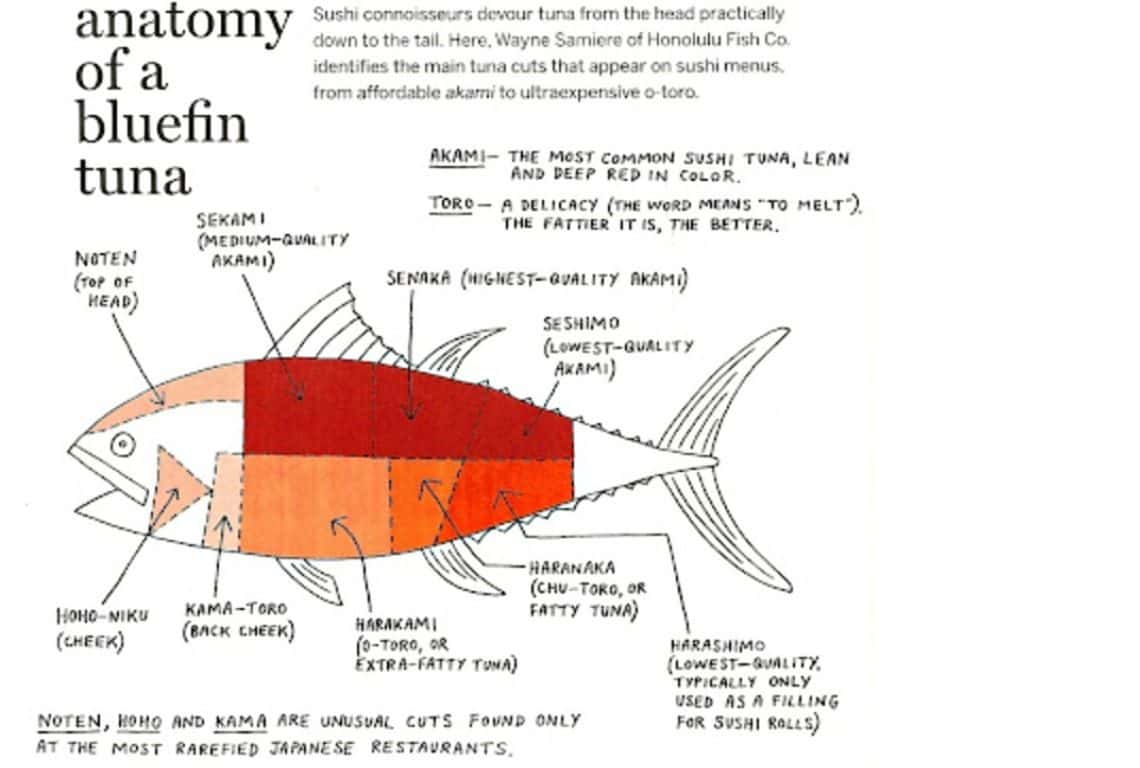
Anatomy of a Bluefin Tuna / Image Credit: Karen Lynn Charters
You will find a lot of shops selling Nigiri, which is a specific type of sushi consisting of a slice of raw fish over pressed vinegared rice, and sashimi, which refers to just slices of very fresh fish served raw, often over a bed of shredded daikon radish.
I suggest you make your rounds and select the place that draws the biggest crowd and prepares the food right in front of you.
My favorite place is Kuromon Sanpei. It is located on Oaka Kuromon Market Map as Shop No. 1.
Kuromon Sanpei is known for its fatty tuna and it is simply to die for! All in all, it is rich and creamy. It kind of evaporates while you indulge in it.
Kuromon Sanpei is a busy place. There is always a line in front of it. If you decide to give it a try, make sure to arrive by at least 11 am.
O-toro – Tuna Belly / What to Eat at Osaka Kuromon Market
Fugu Fish - Be Brave and Try It!
Fugu meaning “river” and “pig” is also known as pufferfish, blowfish, or, globefish.
The first known fact about fugu is that it can puff up, to make itself look bigger and more dangerous. The second fact, probably even more known, is that it contains a deadly poison. Specifically, tetrodotoxin.
- What is known about tetrodotoxin is that it does not cross the blood-brain barrier. As a result, the poisoned victim remains fully conscious while their central nervous system gradually shuts down.
- Tetrodotoxin first produces dizziness and incoherent speech, then paralyzes the muscles. This can lead to asphyxia, and possibly death. (There is no antidote for fugu poisoning).
- Tetrodotoxin is found in the skin, skeleton, ovaries, intestines, and particularly in the liver of fugu fish.
- The preparation of fugu fish is strictly controlled by law. Fugu chefs must go through rigorous training for years to gain the certification that allows them to prepare the fish for human consumption. At the end of the training, there is a test in which the chef must prepare a fugu dish – and eat it!
Fugu Fish / What to Eat at Osaka Kuromon Market
If you are brave enough, then try it!
Several places at Kuromon Market are certified to prepare fugu fish. It is best eaten raw, as sashimi, cut into very thin slices.
In my opinion, the taste is extremely delicate and the texture is gelatinous.
Fugu Fish / What to Eat at Osaka Kuromon Market
Grilled Kobe and Wagyu Beef at Butcher Kobeya
Kobe or Wagyu beef? Are you confused about which one to try? Needless to say, I was just as confused. What is the difference?
In short, Kobe beef is a variety of Wagyu beef.
- Wagyu, loosely translated, means “Japanese cattle” (“Wa-” meaning Japanese or Japanese-style, and “-gyu” meaning cow or cattle). So “Wagyu” refers to any cattle that are bred in Japan or the Japanese style.
- Kobe beef is comprised of a very particular strain of Wagyu called Tajima-Gyu that is raised to strict standards in the prefecture of Hyogo. (Hyogo’s capital city is Kobe, thus the name).
What Makes Wagyu Beef So Special?
- First of all, the cattle are fed with special feeds created out of forage, grasses, and rice straw, then supplemented with corn, barley, soybean, wheat bran, and in some cases, even beer or sake.
- It is sometimes said that herders would massage their cattle to alleviate muscle tension caused by cramped spaces (though many people consider this only a myth).
- As a result of these breeding methods combined with longer periods for fattening, Wagyu beef has an unparalleled level of marbling.
- Furthermore, it is better tasting. The fat melts at a lower temperature than any other cattle’s, resulting in a rich, buttery flavor unseen in other strains of beef. This fat is also unsaturated and high in Omega-3 and Omega-6 fatty acids, meaning not only is Wagyu marbling more delicious, but it is also more healthy.
If you want to try Wagyu or Kobe beef then head to Butcher Kobeya. It is located at Shop No. 7 on the map. Butcher Kobeya has 2 sections – a butcher downstairs and a restaurant upstairs.
Even though the section downstairs is a butcher, they do serve Wagyu or Kobe beef. The only requirement is that it weighs at least 100 grams. Ah, if you think that 100 grams are a lot, unfortunately, it is not!
Nevertheless, It will be the most memorable 100 grams of beef that you have ever tried.
They broil it right in front of you with a bit of salt and pepper. The meat melts in your mouth like butter.
Grilled Kobe and Wagyu Beef / What to Eat at Osaka Kuromon Market
Takoyaki at Takoyaki Wanaka Kuromon
For delicious takoyaki proceed to Takoyaki Wanaka Kuromon.
It is located right in the middle of the market and is marked as Shop No. 9 on the map. Their specialty is obviously takoyaki!
What is takoyaki? Takoyaki is a ball-shaped snack made out of wheat flour batter and cooked in a specially molded pan.
Takoyaki at Kuromon Market
Takoyaki Wanaka’s version is filled with minced octopus, pickled ginger, and green onion. It is brushed with a special takoyaki sauce and mayonnaise and then sprinkled with shavings of dried bonito.
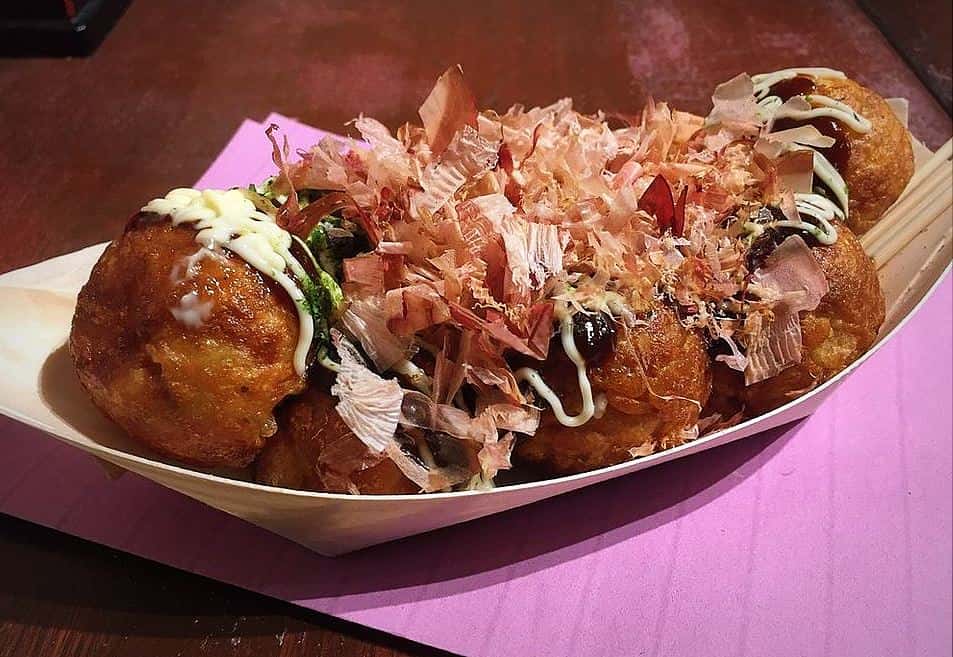
Takoyaki at Kuromon Market
Kuromon Market Horumon
Have you ever tried horumon? Horumon is a term used for the innards or offal of a cow, pig, or chicken.
The origin of the word is Osaka’s dialect, “hourumon”(which means “a thing you throw away”).
The version of horumon that they serve at Kuromon Market consists of cut-up pieces of innards stewed with onions and generously seasoned.
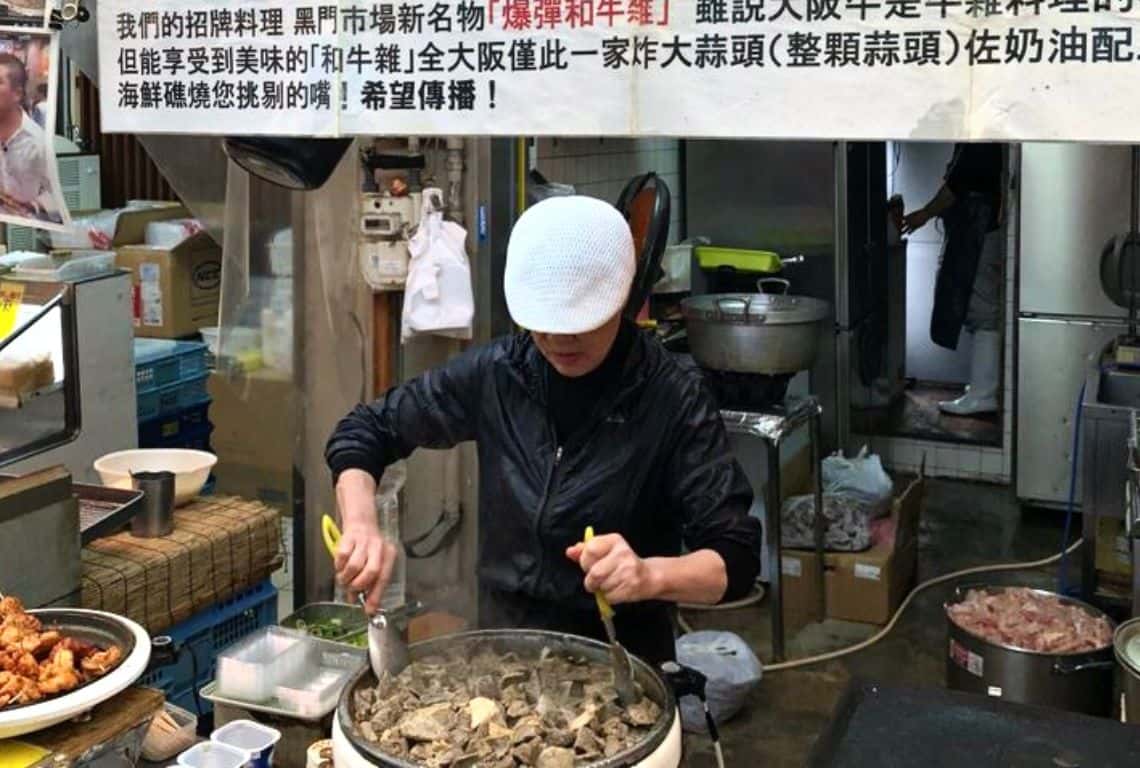
Horumon / What to Eat at Osaka Kuromon Market
Kuromon Market Unagi at Funasada
Grilled unagi (eel) is a relatively expensive delicacy in Japan. It is prized not only for its flavor but also for its legendary stamina-giving properties.
For a great tasting, and freshly grilled unagi steer towards Funasada which is Shop No. 36 on the map.
Funasada’s unagi is crisp on the outside but succulent and tender on the inside. I think that the cooking process that they have is what makes the eel crisp and tender. They grill the eel over hot charcoal, and then season it with a special sauce and then, grill it for a second time.
Unagi / What to Eat at Osaka Kuromon Market
Tako Tamago
Tako Tamago consists of a quail egg stuffed into the head of a glazed, grilled, and then impaled on skewer octopus.
Sounds interesting?
Pick one up from any stand and enjoy it as you are strolling up and down the isles! I assure you that you will like it. What you will notice is that the flavor is not overpowering. However, it is slightly sweet. And, the octopus itself is chewy, as an octopus usually is.
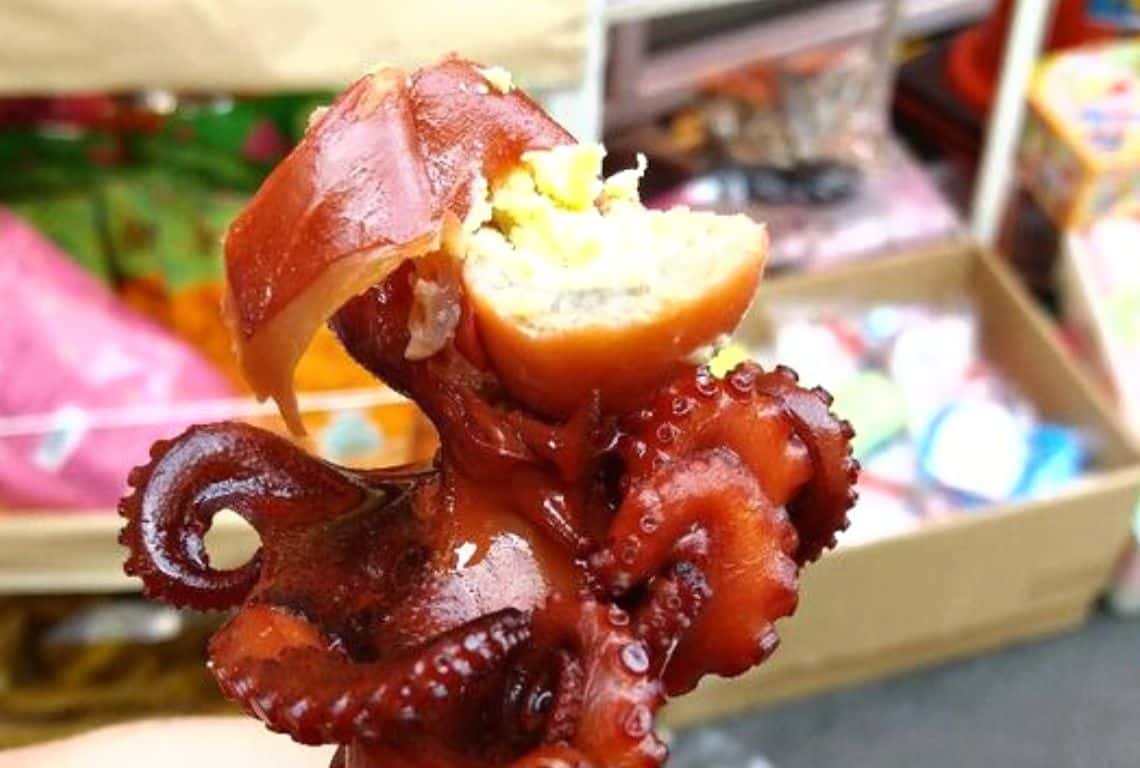
Tako Tamago at Osaka Kuromon Market
Broiled King Crab
The best for last! How about some delicious broiled king crab?
Numerous shops sell crab legs that are prepared fresh every day.
Pricey? Yes, at 5000 yen. However, I can say without hesitation, that it is, hands down, the best king crab you will ever have!
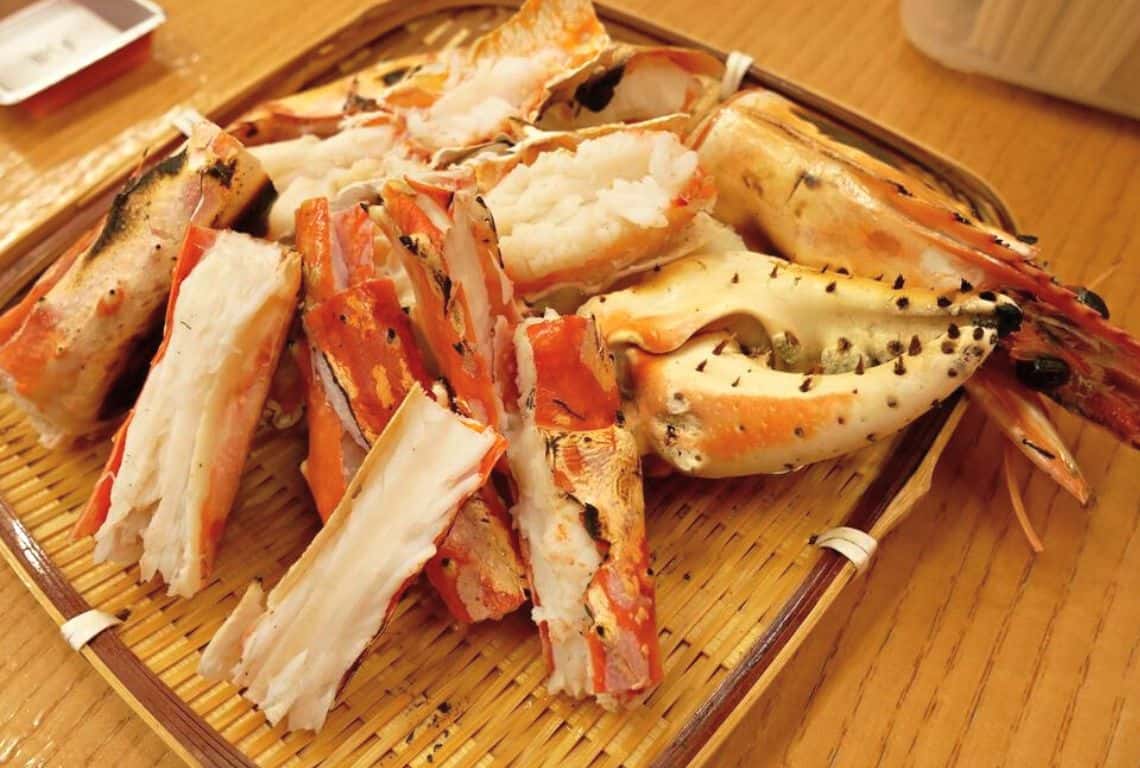
Broiled King Crab at Osaka Kuromon Market
Intrepid Scout's Tips for What to Eat at Osaka Kuromon Market
There are several excellent food tours offered at Osaka Kuromon Market. It is always a good idea to go on a food tour first and then stroll through the market yourself. You will learn about different local delicacies and then you can decide on your own what to try.
This Kuromon Market Food Walking Tour is about 2 hours long and is perfect to give you an introduction to the local food scene.
Another one that you should take a look at is Private Deep Dive: Osaka Food Markets from Local to Luxurious! It is about 4 hours long and you get to visit different markets in Osaka from the department store market to Kuromon, and Korea Town.
As far as my tips for what to eat at Osaka Kuromon Market? Hands down, make sure to try grilled scallops and Kobe beef. Just thinking about these culinary delicacies makes me hungry!
On the way out, do not forget to pick up some divine freshest white strawberries!
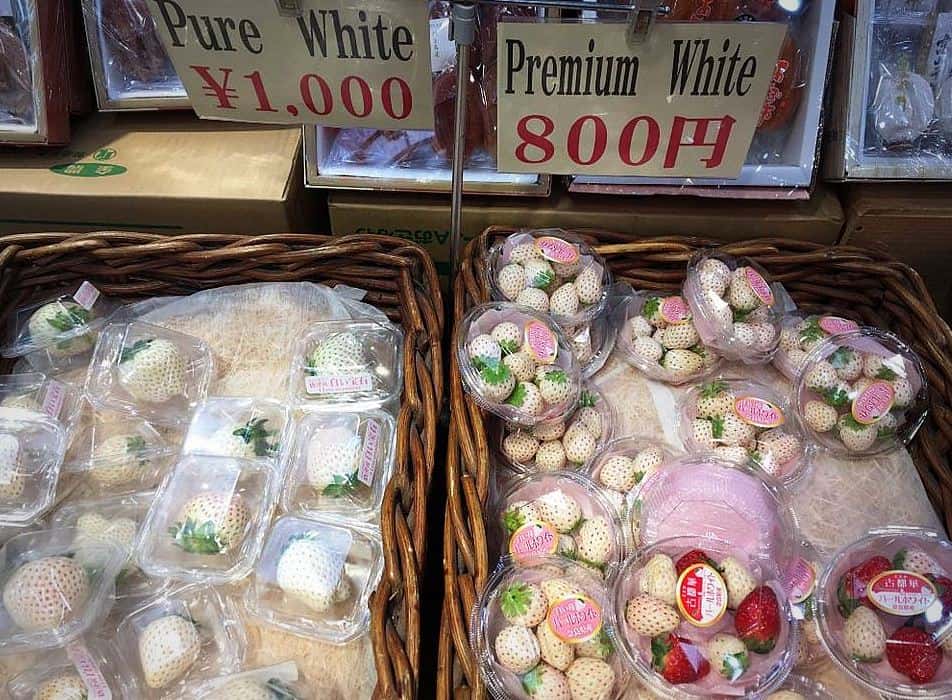
White Strawberries at Osaka Kuromon Market
Second, if you like coffee, then make a quick stop at Green Beans Parlor. It sells yet-to-roasted green coffee beans, only roasted when purchased. And, you will be so impressed by the variety of beans that they carry!
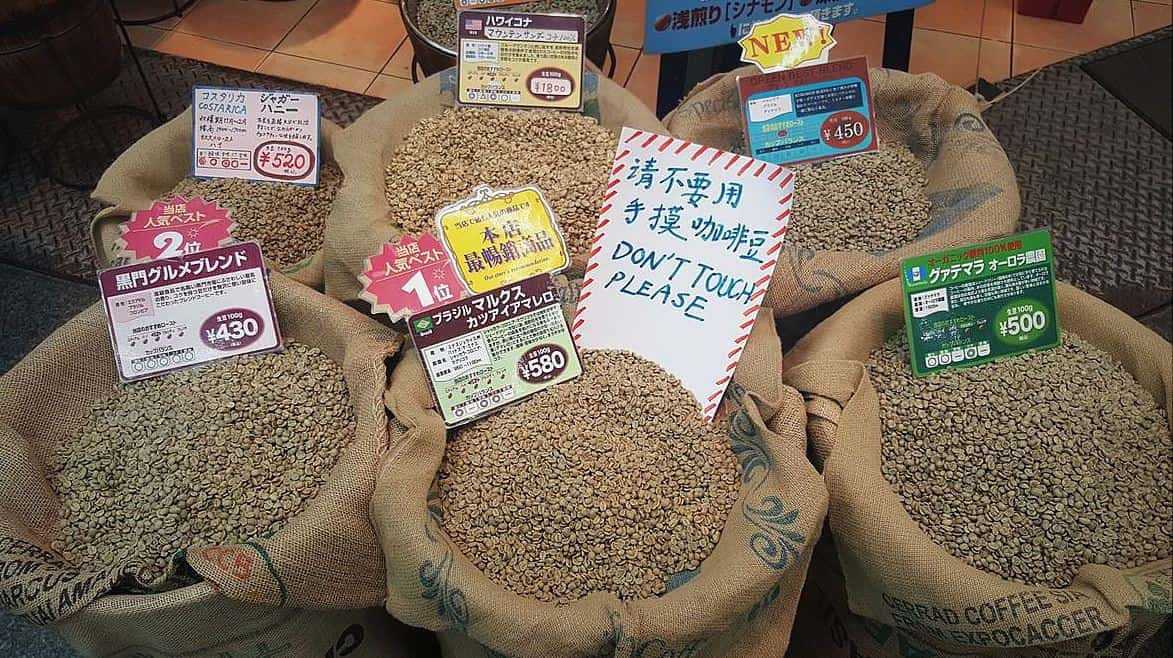
Coffee at Green Beans Parlor / What to Eat at Osaka Kuromon Market
More Information About Japan:
14 Amazing Things to Do in Arashiyama (Map+Useful Tips)
19 Amazing THINGS to DO in HAKONE (Useful Maps+Photos+Practical Tips)
What to See at Nijo Castle in Kyoto (10 Top Things to Know)
Stunning Golden Pavilion in Kyoto (How to Visit and What to See)
Amazing Fushimi Inari Taisha in Kyoto (8 Things to Know Before You Visit)
First Visit to Kyoto – How to Visit and What to See (11 Things You Can’t Miss)
You Might Also Like:
Perfect Day Trip to Miyajima from Kyoto, Osaka, or Hiroshima
10 Amazing Things to Do in Hiroshima You Can’t Miss of Your Visit
Perfect One Day in Kanazawa – 7 Things to Do (Great Day Trip from Tokyo, Kyoto, or Osaka)
7 Fun and Easy DAY TRIPS from KYOTO (Useful Maps+Photos+Tips)
Did You Find What to Eat at Osaka Kuromon Market Useful?
Why Not Save It to Your Pinterest Board!
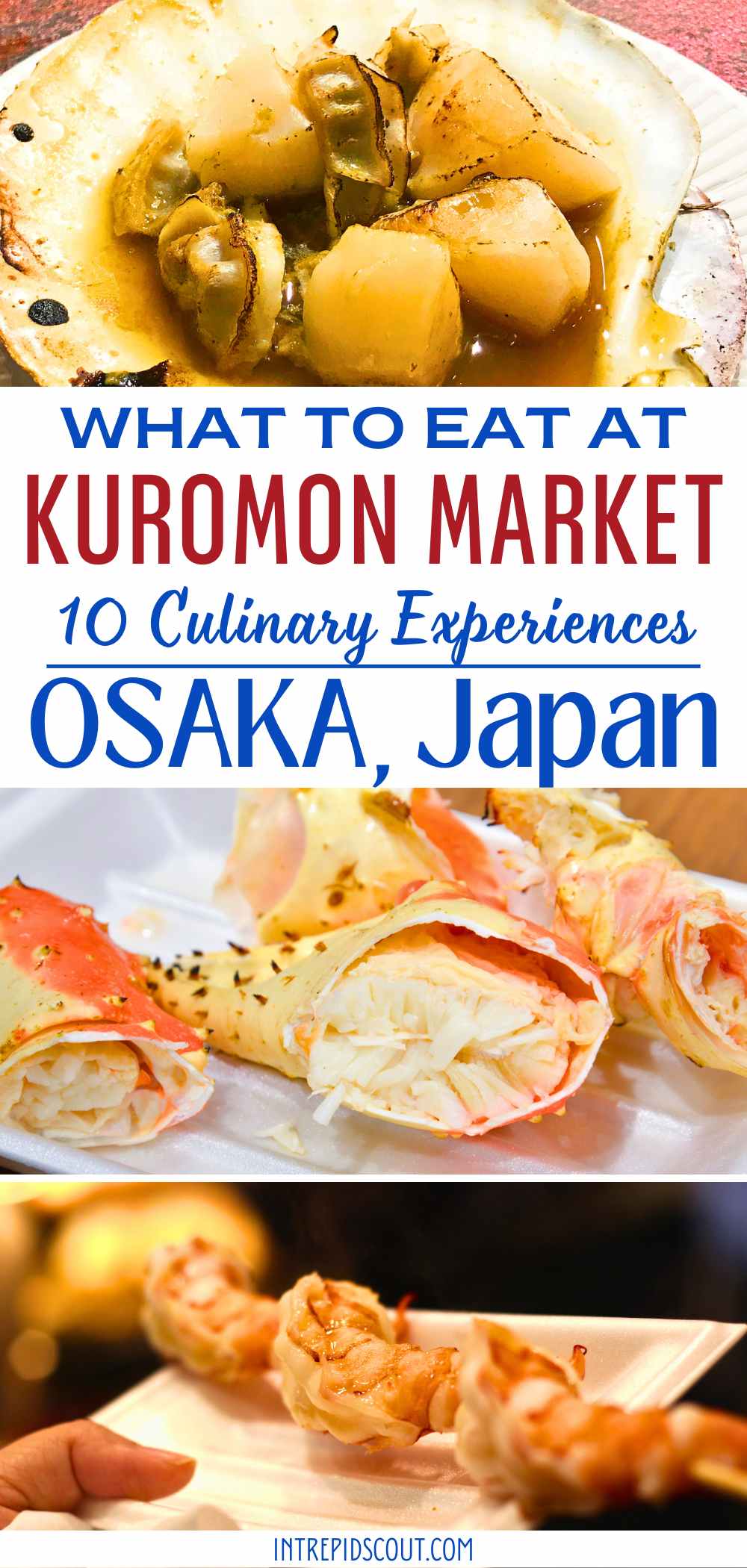
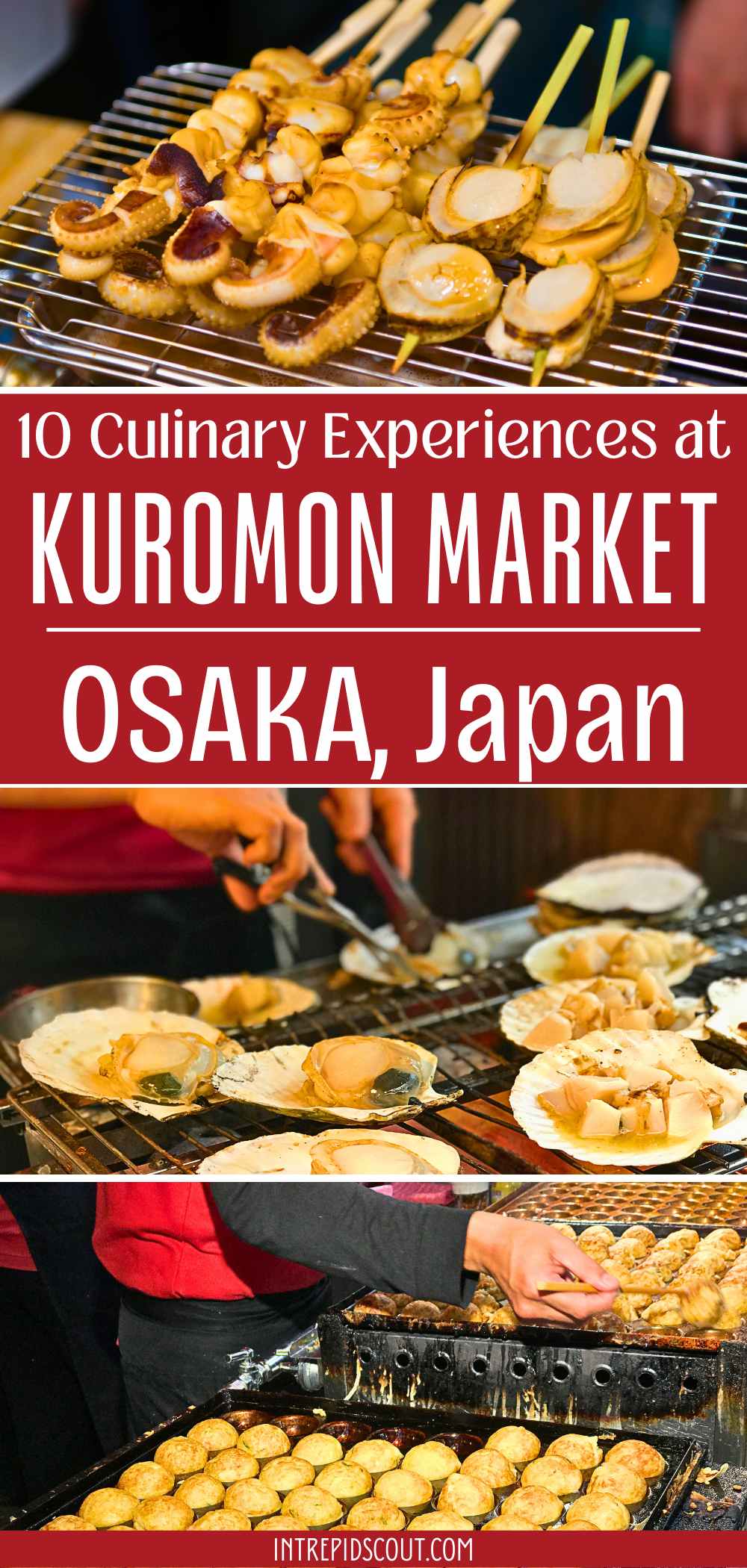
Now, It Is Your Turn, I Would Like to Hear Back from You!
Are you planning your trip to Osaka?
Please let me know! Drop me a quick comment right below!
Click on any of the images below to get inspired and to help you with the planning process for your trip to Japan!


